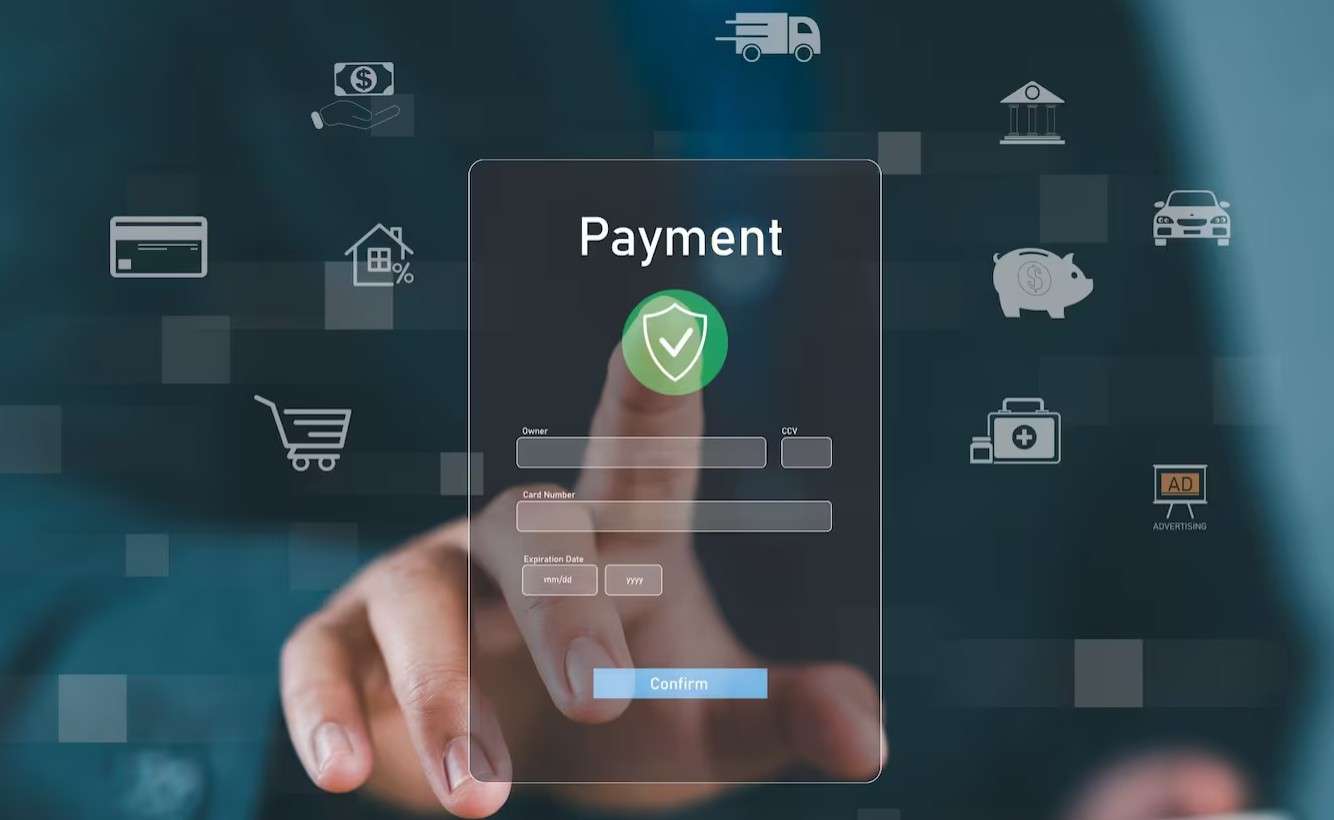How Technology is Revolutionizing & Disrupting the Education Sector
The education sector has undergone a remarkable transformation in 2024, driven by rapid advancements in technology. From online learning platforms to artificial intelligence (AI) tutors, technology is reshaping how students learn, teachers instruct, and institutions operate. This article explores the key ways technology is disrupting the education landscape and its implications for students, educators, and institutions.
Online Learning and Remote Education
The COVID-19 pandemic accelerated the adoption of online learning, and in 2024, this trend has evolved into a mainstream educational approach. Online learning platforms like Coursera, edX, and Khan Academy now offer a plethora of courses covering a wide range of subjects, making education more accessible than ever. Many traditional institutions have also integrated hybrid models, allowing students to attend classes remotely or in-person, catering to diverse learning preferences.
Personalized Learning through AI
Artificial intelligence has revolutionized the way students engage with educational content. AI-powered platforms provide personalized learning experiences, adapting to individual students’ strengths and weaknesses. For instance, platforms like Duolingo and DreamBox Learning use algorithms to tailor lessons based on a student’s progress, ensuring a more effective learning experience. This personalization not only enhances student engagement but also helps educators identify areas where students may need additional support.
Gamification of Education
Gamification has emerged as a powerful tool for enhancing student motivation and engagement. In 2024, educational institutions are increasingly incorporating game-based learning elements into their curricula. Platforms like Kahoot! and Classcraft enable teachers to create interactive quizzes and games, fostering a more dynamic classroom environment. This approach not only makes learning fun but also promotes healthy competition and collaboration among students.
Virtual and Augmented Reality
Virtual reality (VR) and augmented reality (AR) technologies have found their way into classrooms, providing immersive learning experiences. In 2024, educators are leveraging VR simulations to teach complex subjects, such as science and history, allowing students to explore concepts in a hands-on manner. For example, VR can transport students to ancient civilizations or allow them to conduct virtual chemistry experiments, deepening their understanding of the material.
Data-Driven Insights for Educators
The integration of technology in education has resulted in a wealth of data being generated. In 2024, educators are utilizing data analytics to gain insights into student performance, attendance patterns, and engagement levels. This information empowers teachers to make informed decisions about instructional strategies, curriculum adjustments, and interventions for struggling students, ultimately leading to improved educational outcomes.
Challenges and Considerations
While technology has the potential to transform education, it also presents challenges. In 2024, issues such as the digital divide, data privacy, and the need for teacher training in new technologies remain significant concerns. Ensuring equitable access to technology for all students is essential to prevent widening educational disparities. Additionally, educators must receive adequate training to effectively integrate technology into their teaching practices.
Conclusion
In 2024, technology continues to disrupt the education sector in profound ways, enhancing accessibility, personalization, and engagement. As online learning becomes more prevalent, AI-driven solutions shape personalized education, and immersive technologies redefine traditional learning environments, the future of education looks promising. However, addressing the associated challenges is crucial to ensure that all students can benefit from these innovations and thrive in an increasingly digital world.















Post Comment